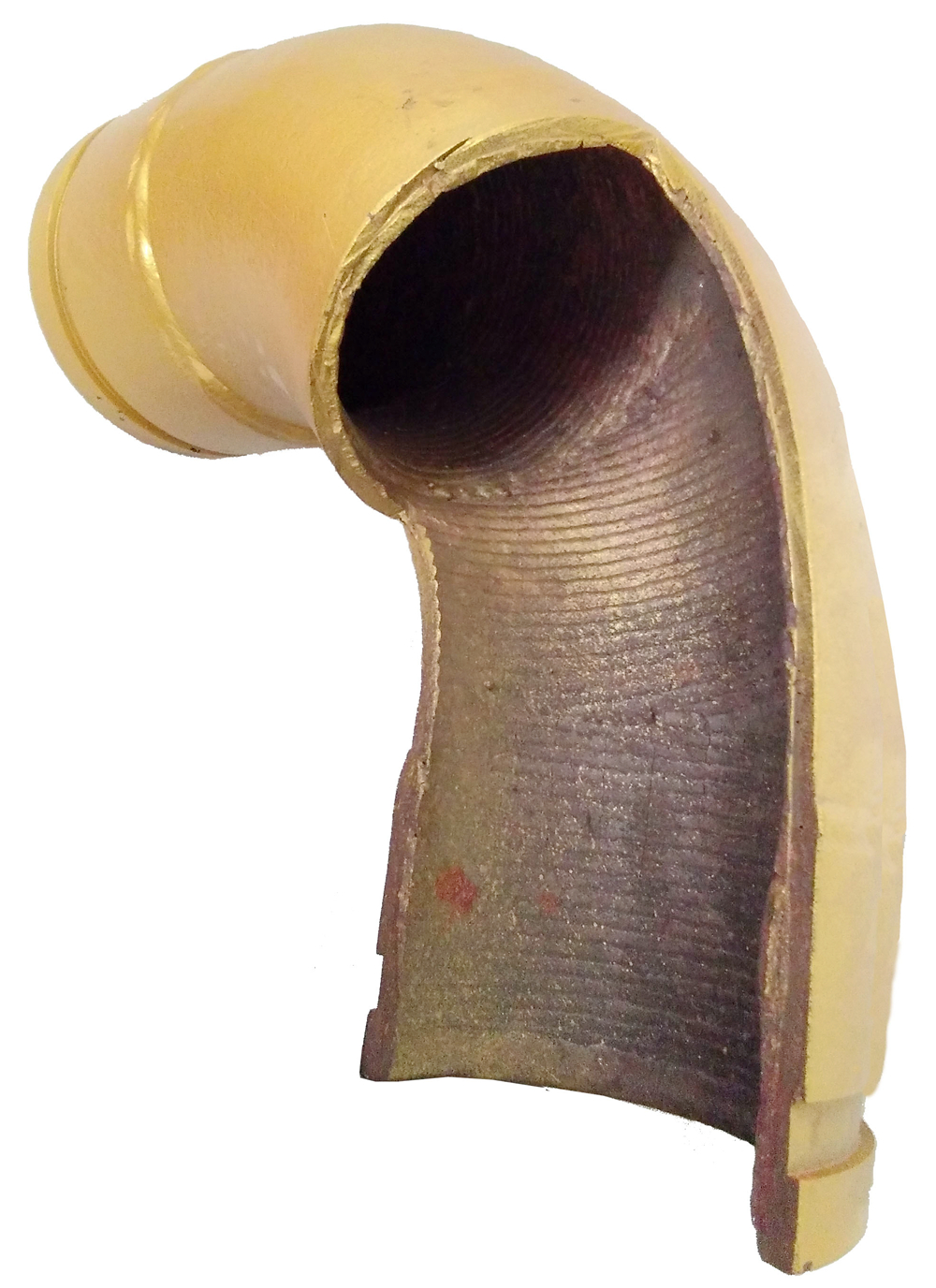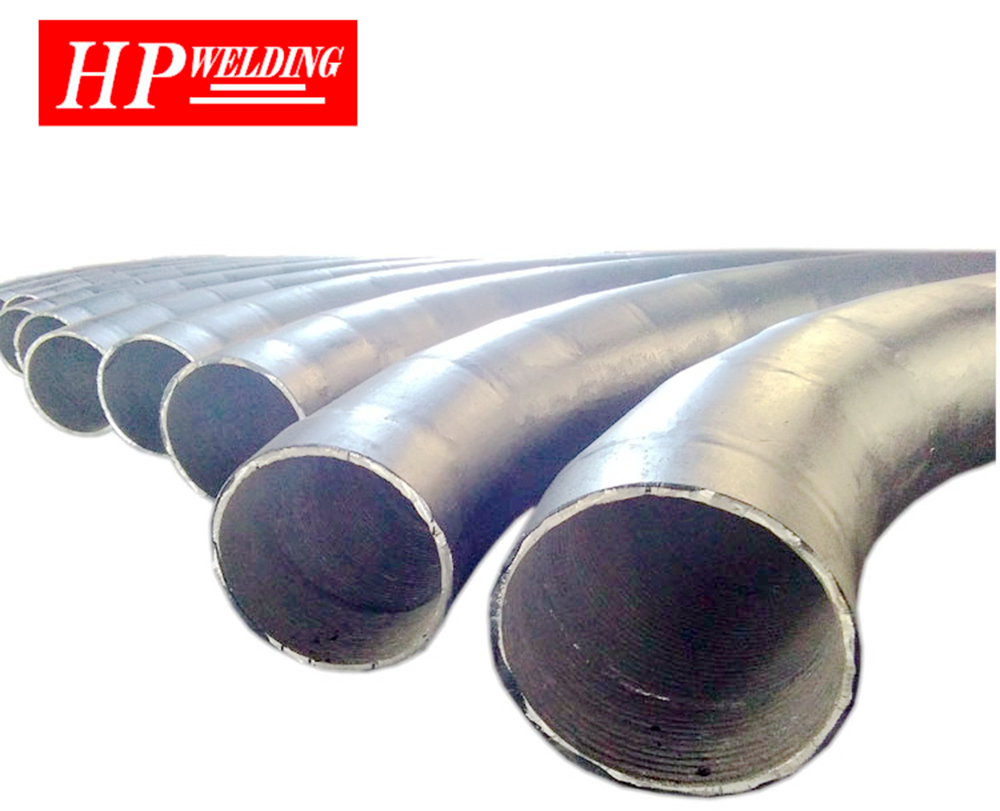FIG simplest component is a component for a solution with a metal ion composed of one ligand. In the case where the total metal concentration in the solution is constant, as the total ligand concentration increases from zero, the complex ML is formed first, and its concentration gradually increases, and begins to decrease when the complex ML 2 is produced. The concentration of the complex ML 2 is also gradually increased, and is decreased again when a higher-order complex is formed. The score of the complex ML n is defined as: Knowing the total concentration of all forms of metal [M 1 ] and the total ligand concentration [L 1 ], as well as the value of the equilibrium constant, αML n can be calculated. A typical example is a compositional map of a nickel ammonia solution. In order to obtain relevant information suitable for industrial processes, the following nickel ammonia solution is considered: the total concentration of Ni 2 + is about 40 g ∕ L, and the total concentration of ammonium sulfate is 2.5 to 3 mol ∕ L. Using 2mol ∕L ammonium nitrate as the supporting electrolyte, the equilibrium constant lgK n of the nickel-ammonia complex Ni(NH 3 ) n 2 + was measured as follows: N 1 2 3 4 5 6 lgK n 2.80 2.24 1.73 1.19 0.75 0.03 Calculate the ratio of the proportion of nickel-ammonia complexes with the free hydrogen activity and plot the composition as shown in Figure 1. The figure shows the fraction of nickel as a simple hydrated ion and 6 kinds of ammonia ions and p|NH. 3 | The function relationship. Figure 1 Composition of nickel ammonia solution Unlike a solution in which a ligand is used as a ligand, a complex formed by a chloride ion and a metal ion may have a positive charge, a negative charge, or a zero charge. For example, for the metal ion M 2 + , it forms a complex with the chloride ion MCl n (z -n )+ . When n < z, the metal oxide ion is positively charged, and n>z is negatively charged, n=z When there is no electricity. It can be conveniently plotted as a component diagram representing the fraction of each metal chloride as a function of chloride ion concentration. The concentration of chloride ions can range up to 10 mol ∕L. Oxygenation of cuprous ion is important in hydrometallurgy. There is no stable region of Cu + in the dominant region of the above Cu-S-H 2 O normal temperature system, indicating that Cu + is unstable in aqueous solution at normal temperature. When a sufficient concentration of chloride ions is present in the solution, the valence state of Cu I in the solution at room temperature is thermodynamically stable due to the formation of cuprous chloride. Figure 2 shows the relationship between several components containing Cu I in hydrochloric acid solution and the concentration of hydrochloric acid. Figures 3 to 5 are compositional diagrams of chloride solutions of Cu II , Fe III and Zn II , respectively. In such a solution, Cu II -Cu I and Fe III -Fe II electrical pairs can be used as oxidants for mineral leaching. Figure 2 Composition of Cu I in CuCl hydrochloric acid solution Figure 3 Composition of Cu II in chloride solution ([Cu II ]=0.01mol∕L, LiCl solution, concentration to 10mol∕L, unadjusted ionic strength) Figure 4 Composition of Fe 3 + in chloride solution ([Fe 3 + ]=0.086mol/L, 1mol ∕L HClO 4 solution, ionic strength adjusted to 2.6 with NaClO 4 ) Figure 5 Composition of Zn 2 + in chloride solution ([Zn 2 + ]=0.01mol∕L, LiCl solution depth to 10mol∕L, unadjusted ionic strength)
At present, the elbow flowmeter produced by many manufacturers of elbow flowmeters is a 90-degree elbow with a standard geometry, and the construction party installing the throttling element often directly installs the elbow directly in a suitable space, but The effect of flow measurement is not very satisfactory.
Composite Overlay Elbows are suitable for extremely severe abrasive wear and moderate to low impact.
Weld overlay cladding is a process that provides protection for metallic components by welding a layer of abrasion-resistant alloy to areas at risk of wear. It can be applied to an entire component, or only to specific areas of concern. Typical components clad by HP Welding include pipes, valves, flanges, connectors, and elbows, as well as more complex geometries such as tee pieces and wye pieces.
Typical materials for cladding in common use at HP Welding include HP700, HP700S, HP750X, HP750P and stainless steels, as well as many less common alloys.
With over 30 years of experience on the production of hardfacing products, and the technical expertise to back them up, HP Welding can meet any base material and cladding combination.
The advantages of HP Hardfacing Elbows
1. Flat surface and nice appearance
2. Good weldability to others working pieces
3. Excellent wear resistance
HP Hardfacing Elbows can be widely applied to mining site, cement plant, metallurgical equipment, dredging and power generation and any other fields where need to combat with abrasion.
Hardfacing Elbow, Wear Resistant Tube Bends, Hardfacing Wear Pipe-Elbow, Chromium Carbide Overlay Pipe HuiFeng Wear Resistant Group , https://www.hpwearsolution.com![]()






